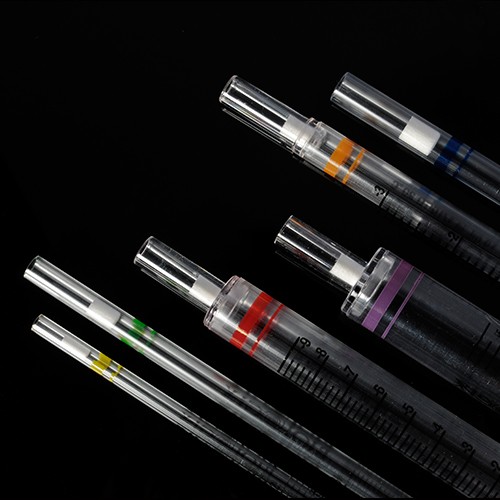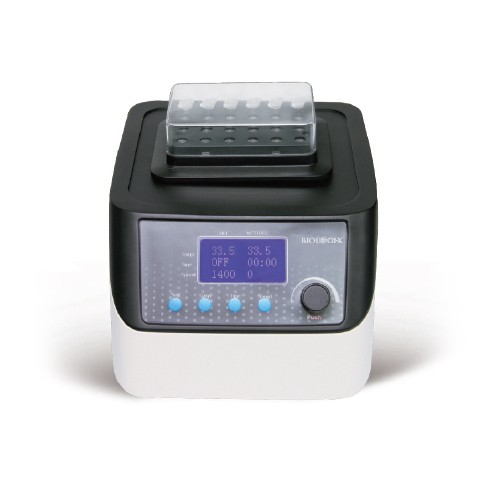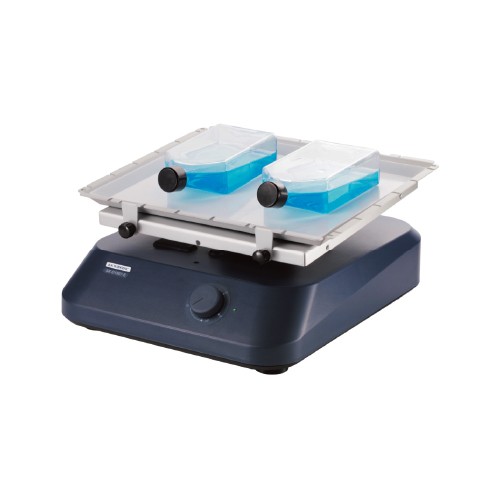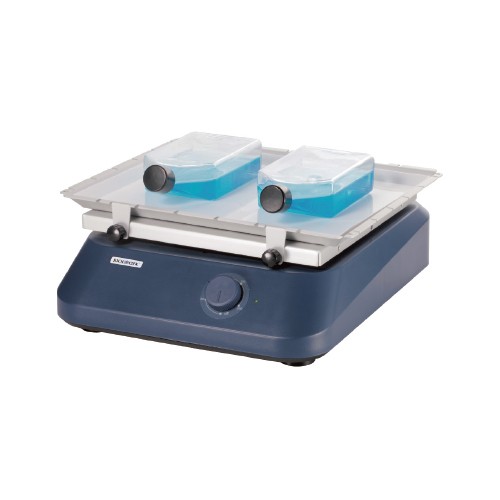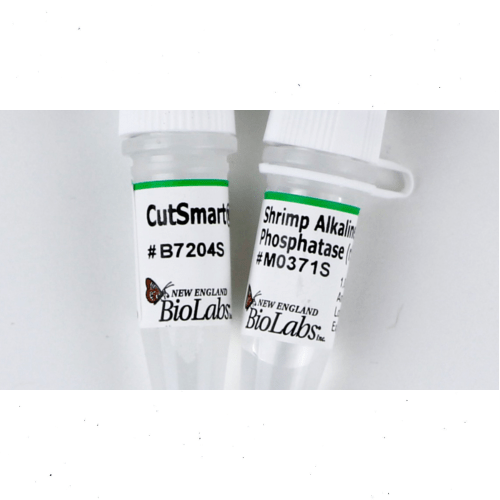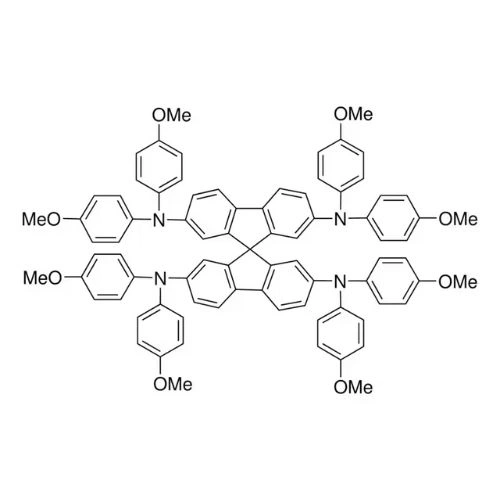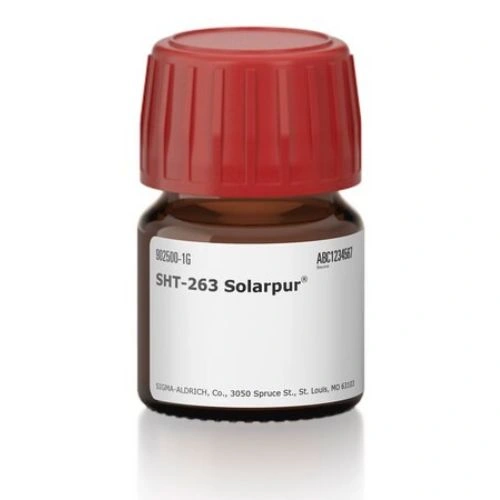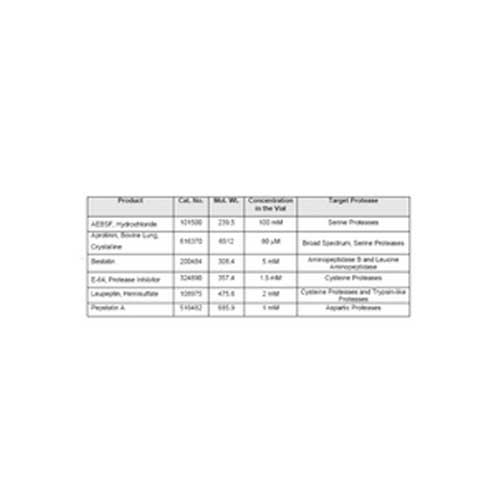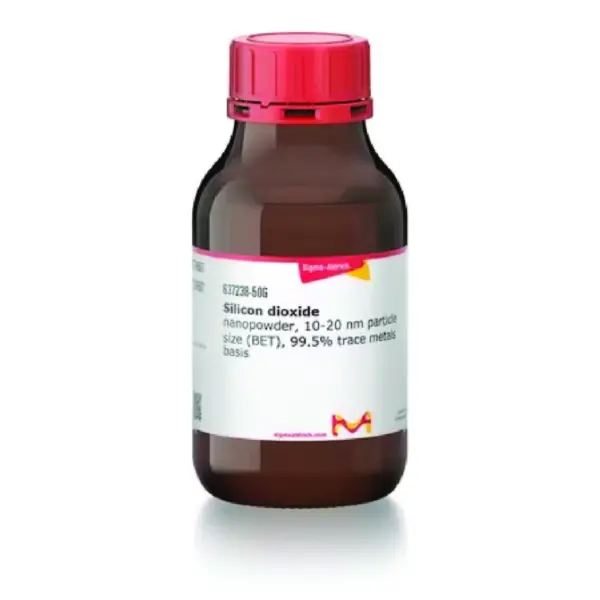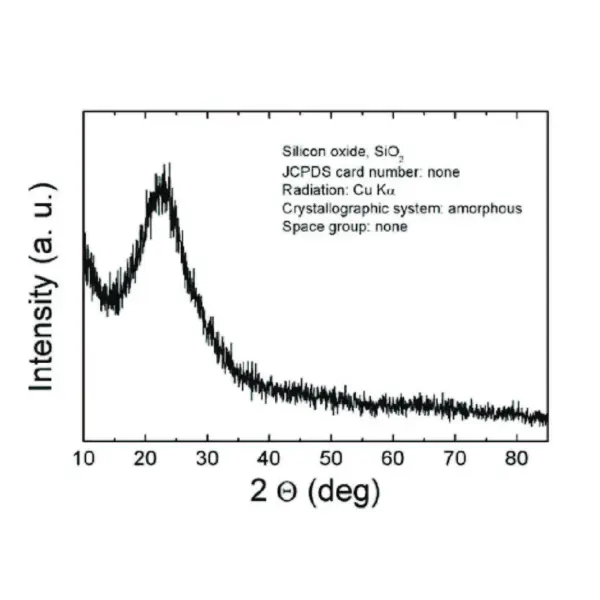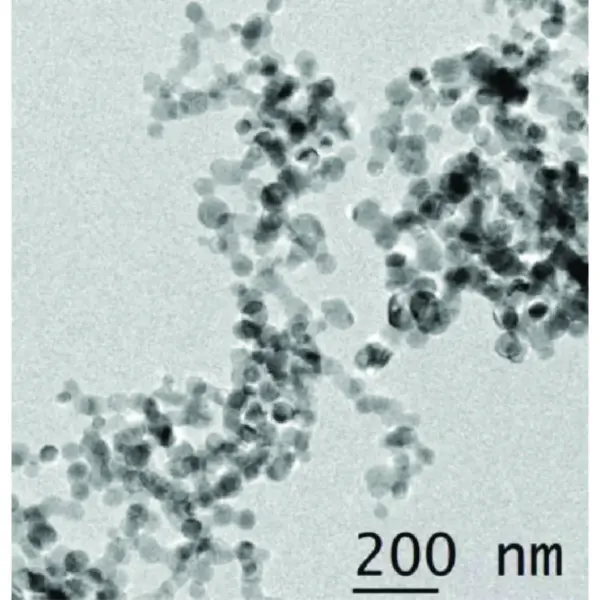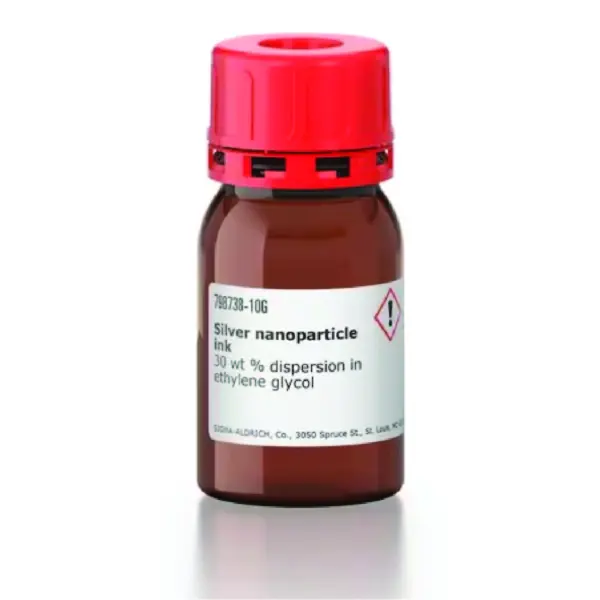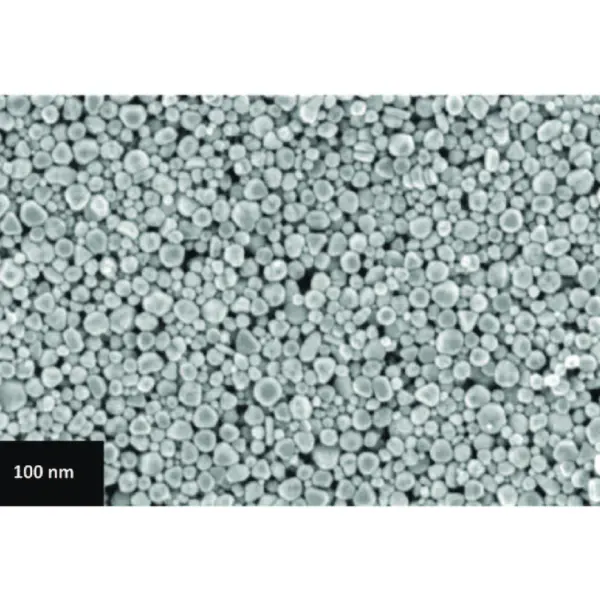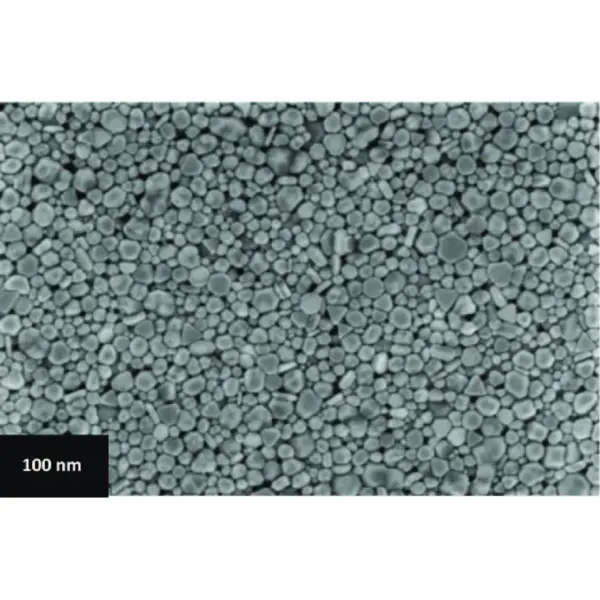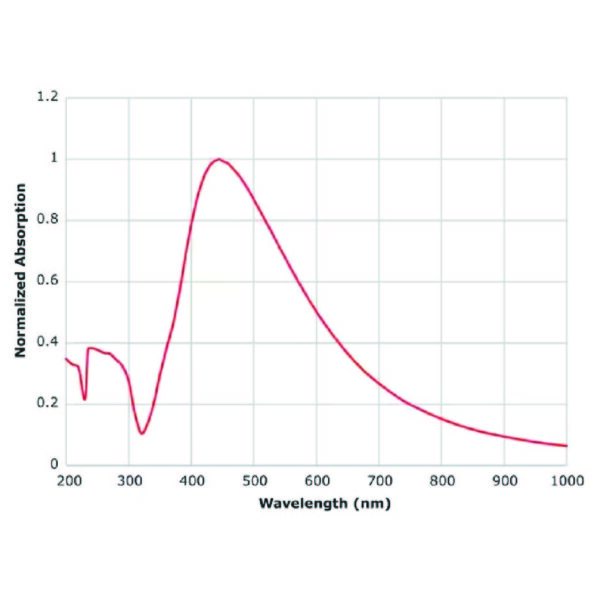Serological Pipettes Biologix (Loose Pack)
Brand:
Biologix
This product is currently not available. Please contact us for more information.
Characteristics
● Constructed of highly transparent prime virgin polystyrene
● Available in 2ml, 5ml, 10ml, 25ml volumes, each volume is labeled with a different color
● Ascending and descending graduations, Filter at the top of each pipette prevents damage to pipettors
● Non-pyrogenic, non-cyotoxic; DNase & RNase free, human DNA free

Sf300 Sulphafurazole
RM0.00Brand:
Thermo ScientificTM OxoidTM

Sh10 Spectinomycin
RM0.00Brand:
Thermo ScientificTM OxoidTM

Sh100 Spectinomycin
RM83.00Brand:
Thermo ScientificTM OxoidTM

Sh25 Spectinomycin
RM0.00Brand:
Thermo ScientificTM OxoidTM
Shaker Incubator
RM0.00Brand:
Biologix
This item is not available at the moment. Please contact us for more information.
The Shaker-Incubator provides excellent temperature control at both hot and cold temperatures, and simultaneously shakes the heating block, adding mixing functionality. Adjustable speed orbital shaking keeps samples thoroughly mixed.
Characteristics
• Excellent temperature control system
• Can maintain hot or cold temperatures
• Orbital shaking movement function
• Efficient mixing at up to 1500 rpm
• Supports creating and saving custom programs
• Various interchangeable heating blocks are available
Shakers
Brand:
Biologix
This product is not available at the moment. Please contact us for more information.
Linear and Orbital Shakers
Features
• Shaking speed range: 0 – 200 rpm
• Continuous operation
• Sturdy aluminum-alloy platform
• Compact design can easily fit inside incubators or refrigerators
• Tray platform, non-slip mat, and elastic bands included
• Various platforms available for use with different types of vessels
Rocking and 3D Shakers
Features
• Shaking speed range: 0 – 80 rpm
• Continuous operation
• Sturdy aluminum-alloy platform
• Compact design can easily fit inside incubators or refrigerators
• Tray platform, non-slip mat, and elastic bands included
• Various platforms available for use with different types of vessels
LED Digital Linear and Orbital Shakers
Features
• Shaking speed range: 40- 200 rpm
• Continuous operation
• Sturdy aluminum-alloy platform
• Compact design can easily fit inside incubators or refrigerators
• Tray platform, non-slip mat, and elastic bands included
• Various platforms available for use with different types of vessels
• Timed and continuous operation
• LED displays for timer and shaking speed
LED Digital Rocking and 3D Shakers
Features
• Shaking speed range:10- 80 rpm
• Continuous operation
• Sturdy aluminum-alloy platform
• Compact design can easily fit inside incubators or refrigerators
• Tray platform, non-slip mat, and elastic bands included
• Various platforms available for use with different types of vessels
• Timed and continuous operation
• LED displays for timer and shaking speed
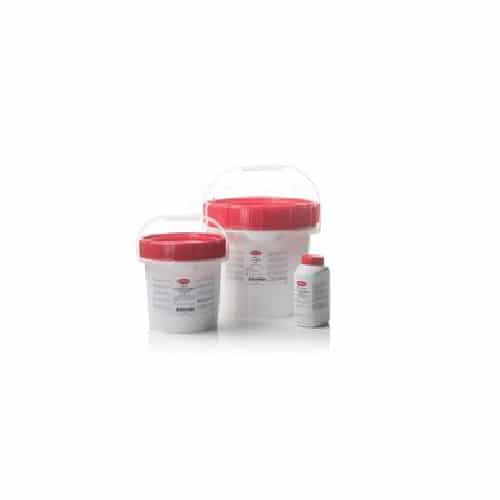
Sheep Blood Agar Base 500g
RM506.00Brand:
Thermo ScientificTM OxoidTM
Cultivate and isolate fastidious microorganisms from clinical samples through improved hemolytic reactions with sheep blood with Thermo Fisher™ Oxoid™ Sheep Blood Agar Base (Dehydrated) when used with sheep blood. Sheep Blood Agar Base was developed to meet the demand for an especially nutritious blood agar base which would permit the maximum recovery of organisms without interfering with their hemolytic reactions when used with sheep blood.
Sheep Blood Agar Base (Dehydrated), Oxoid Composition
| Typical Formula* | gm/litre |
| Tryptone | 14.0 |
| Peptone Neutralised | 4.5 |
| Yeast extract | 4.5 |
| Sodium chloride | 5.0 |
| Agar | 12.0 |
| Final pH 7.3 ± 0.2 @ 25°C |
Sheep Blood Agar Base (Dehydrated), Oxoid Preparation:
Suspend 40g in 1 litre of distilled water and bring to the boil to dissolve completely. Sterilise by autoclaving at 121°C for 15 minutes. Cool to 50°C and aseptically add 7% sterile sheep blood.
Storage conditions and Shelf life
Store the dehydrated medium at 10-30°C and use before the expiry date on the label.
Store the prepared medium at 2-8°C.
SHT-263 Solarpur® – Sigma-Aldrich
Price range: RM374.19 through RM6,778.52Brand:
Sigma-Aldrich
Synonyms
N2,N2,N2′,N2′,N7,N7,N7′,N7′-octakis(4-methoxyphenyl)-9,9′-spirobi[9H-fluorene]-2,2′,7,7′-tetramine, Spiro-MeOTAD, Spiro-OMeTAD
Cas No.
207739-72-8
General description
Both SHT-263S and SHT-263 can be offered in bulk quantities.
SHT-263 Solarpur® is an organic spiro molecule that is used as a hole transporting material (HTM). Its properties include high stability, good solubility, and an amorphous structure. It is majorly used in the fabrication of high-performance solar cells.[1][2]
We are committed to bringing you Greener Alternative Products,which adhere to one or more of The 12 Principles of Greener Chemistry. This product is an enabling product used as a Hole Transport Material for high-performance solar cells and thus has been enhanced for energy efficiency. Click here for more information.
Application
SHT-263 Solarpur® is a spiro based hole transporting material (HTM) with a HOMO level of -5.2 eV and a LUMO level of -2.3 eV. It is mainly used in the fabrication of perovskite-based solar cell.[3][4]
Legal Information
Solarpur is a registered trademark of Merck KGaA, Darmstadt, Germany
SignalBoost™ Immunoreaction Enhancer Kit
RM0.00Brand:
Merck
Description
SignalBoost™ Immunoreaction Enhancer Kit is designed to enhance the desired signal in assays such as immunoblotting, dot blotting, and ELISA. This kit significantly improves sensitivity and discrimination when assessing protein targets of low immunoreactivity or low expression levels. Enhancement of signal is especially marked for low affinity antibodies. It replaces conventional antibody diluents with Solution 1, which is used to dilute primary antibodies and Solution 2, which is used to dilute secondary antibodies. No additional steps, materials, or increase of assay time is required.
• Increases signal: minimizes background resulting in high signal to noise ratios
• Versatile: can be used with nitrocellulose or PVDF membranes and is compatible with chemiluminescent or colorimetric detection systems
• Convenient: ready-to-use format, no dilution necessary

Silica gel 60 (0.040-0.063 mm) for Column Chromatography (Merck)
RM2,207.00Brand:
Merck
Description
Silica gel is a type of stationary phase material used in column chromatography, a separation technique that separates components of a mixture based on their chemical properties. The silica gel 60 offered by Merck has a particle size of 0.040-0.063 mm, which is equivalent to 230-400 mesh according to the ASTM standard. This makes it suitable for use in column chromatography applications where a fine, uniform particle size is required for efficient separation of target compounds. Merck’s Silica Gel 60 is a high-quality product that is widely used in research and industrial laboratories for various chromatography applications.

Silica gel 60 (0.063-0.200 mm) for column chromatography (70-230 mesh ASTM)-Merck
RM0.00Brand:
Merck
Description
Cas Number : 7631-86-9
Molecular mass : 60.08 g/mol
Chemical formula : SiO₂
Silica gel 60 (0.063-0.200 mm) for column chromatography (70-230 mesh ASTM). CAS No. 7631-86-9, EC Number 231-545-4.
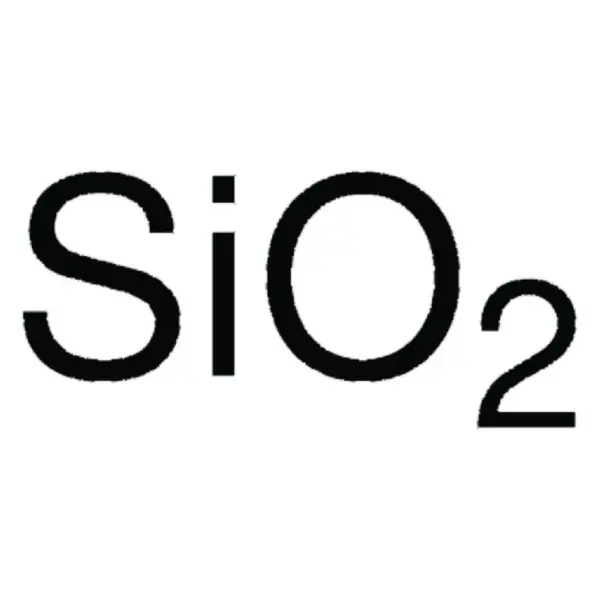
Silicon Dioxide (Silica) – Nanofibers – Sigma-Aldrich
RM913.00Brand:
Sigma-Aldrich
Synonyms
Nanofibrous inorganic powder, SiO2
Cas No.
7631-86-9
General Description
Silica nanofibers are yielded through a novel ac electrospinning process resulting in extraordinary aspect ratios, consistent purity, and consistent certification of form parameters that are difficult if not impossible to achieve using other nanofiber production methods. Potential applications include filtration membranes and catalyst support.
Silicon dioxide, nanopowder, 10-20 nm particle size (BET), 99.5% trace metals basis – Sigma-Aldrich
Price range: RM706.00 through RM2,941.00Brand:
Sigma-Aldrich
Synonyms
Silica, Nanosilica, Silicon dioxide
Cas No.
7631-86-9
General Description
The refractive index of silica nanoparticles is similar to polymeric coatings, so it finds several applications in the preparation of nanocomposites. Properties such as, thermal resistance, electrical and mechanical are enhanced. Silica nanoparticles find uses in various fields of catalysts, pigment stabilisation, electronics and sensors.
Application
Silica nanoparticles have been used :
- To study the nonlinear optical properties of SiO2 nanocomposites in weak optical fields.
- As a nanoadditive in nanocomposite calcium alginate fibres.
- As a dispersant in liquid polymethylsiloxane to exhibit unique optical nonlinearity in low-intensity visible radiation fields.[2]
Silicon, nanoparticles, 40 nm avg. part. size, ≥99% trace metals basis – Sigma-Aldrich
RM2,072.00Brand:
Sigma-Aldrich
Synonyms
SiNPs, Silicon nanopowder
Cas no.
7440-21-3
General Description
Our 40 nm silicon nanoparticles are a high-quality, ultrafine powder with a narrow particle size of 40 nm and a high surface area (~100 m2/g). It is produced by the laser gas phase synthetic method from high-purity silane to achieve the high purity (>9=9%) and reliable particle size.
We are committed to bringing you Greener Alternative Products, which belongs to one of the four categories of greener alternatives. This product has been enhanced for energy efficency. Click here for more information.
Application
Silicon nanopowder is a promising material for use in advanced battery technologies. With its high theoretical capacity (4212 mAh/g), it has the potential to significantly improve the performance of lithium-ion batteries. The controlled particle size and high surface area of our silicon nanopowder make it an ideal candidate for use as an anode material in these batteries, allowing for improved charge and discharge rates, longer cycle life, and higher energy densities. Additionally, silicon nanopowder is being researched for use in other types of batteries, including lithium-air and lithium-sulfur batteries. Its unique properties make it a valuable material for developing next-generation battery technologies that offer higher performance, longer lifetimes, and lower costs.
Features and Benefits
Our silicon nanoparticles are designed for battery applications to extend cycle life and charge and discharge rates. We offer:
- Low Particle Size
- High Surface Area
- Consistent Quality
Silicon, nanoparticles, nanoparticles, 10 nm avg. part. size, ≥99% trace metals basis, battery grade – Sigma-Aldrich
RM3,104.00Brand:
Sigma-Aldrich
Synonyms
SiNPs, Silicon nanopowder
Cas No.
7440-21-3
General Description
Our 10 nm silicon nanoparticles are a high-quality, ultrafine powder with a narrow particle size of 10 nm and a high surface area (~180 m2/g). It is produced by the laser gas phase synthetic method from high-purity silane to achieve high purity (>=99%) and a reliable particle size.
We are committed to bringing you Greener Alternative Products, which belong to one of the four categories of greener alternatives. This product has been enhanced for energy efficiency. Click here for more information.
Application
Silicon nanopowder is a promising material for use in advanced battery technologies. With its high theoretical capacity (4212 mAh/g), it has the potential to significantly improve the performance of lithium-ion batteries. The controlled particle size and high surface area of our silicon nanopowder make it an ideal candidate for use as an anode material in these batteries, allowing for improved charge and discharge rates, longer cycle life, and higher energy densities. Additionally, silicon nanopowder is being researched for use in other types of batteries, including sodium-ion and magnesium-ion batteries. Its unique properties make it a valuable material for developing next-generation battery technologies that offer higher performance, longer lifetimes, and lower costs.
Features & Benefits
Our silicon nanoparticles are designed for battery applications to extend cycle life and charge and discharge rates. We offer:
- Lowest Particle Size
- High Surface Area
- Consistent Quality
Silicon, wafer (single side polished) – Sigma-Aldrich
RM930.00Brand:
Sigma-Aldrich
Synonyms
Silicon element
Cas No.
7440-21-3
General Description
0 vortex defects. Etch pitch density (EPD) < 100 (cm-2). Resistivity 100 – 3000 Ωcm
Oxygen content: ≤ 1~1.8 x 1018 /cm3; Carbon content: ≤ 5 x 1016 /cm3; Boule diameter: 1~8 ″
Silicon wafers or a “slice” of substrate find applications in the fabrication of integrated circuits, solar cells, etc. They serve as a substrate for various microelectronic devices.
We are committed to bringing you Greener Alternative Products, which belong to one of the four categories of greener alternatives. This enabling product has been enhanced for energy efficiency. Click here for more information.
Application
Innovative Solutions for High-Performance Silicon Anodes in Lithium-Ion Batteries: Overcoming Challenges and Real-World Applications.: This article addresses the challenges and real-world applications of high-performance silicon anodes in lithium-ion batteries, presenting innovative solutions to enhance their efficiency (Khan et al., 2024).
Strain Engineering: Perfecting Freestanding Perovskite Oxide Fabrication.: This research focuses on strain engineering to improve the fabrication of freestanding perovskite oxides, which are crucial for various high-purity silicon applications in academia (Yun et al., 2024).
Silicon, wafer (single side polished), <100>, P-type, contains boron as dopant – Sigma-Aldrich
RM1,387.00Brand:
Sigma-Aldrich
Synonyms
Silicon element
Cas No.
7440-21-3
General Description
0 vortex defects. Etch pitch density (EPD) < 100 (cm-2). Resistivity 10-3 – 40 Ω•cm
Oxygen content: <= 1~1.8 x 1018 /cm3; Carbon content: <= 5 x 1016 /cm3; Boule diameter: 1~8 ″
We are committed to bringing you Greener Alternative Products, which belongs to one of the four categories of greener alternatives. This enabling product has been enhanced for energy efficiency. Click here for more information.
Silicon, wafer (single side polished), <111>, N-type, contains no dopant – Sigma-Aldrich
RM1,552.00Brand:
Sigma-Aldrich
Synonyms
Silicon element
Cas No.
7440-21-3
General Description
0 vortex defects. Etch pitch density (EPD) < 100 (cm-2). Resistivity >1,000 Ω•cm
Oxygen content: ≤ 1~1.8 x 1018 /cm3; Carbon content: ≤ 5 x 1016 /cm3; Boule diameter: 1~8 ″
We are committed to bringing you Greener Alternative Products, which belongs to one of the four categories of greener alternatives. This enabling product has been enhanced for energy efficiency. Click here for more information.
Silicon, wafer (single side polished), <111>, N-type, contains phosphorus as dopant – Sigma-Aldrich
RM600.00Brand:
Sigma-Aldrich
Synonyms
Silicon element
Cas No.
7440-21-3
General Description
0 vortex defects. Etch pitch density (EPD) < 100 (cm-2). Resistivity 10-3 – 40 Ωcm
Oxygen content: <= 1~1.8 x 1018 /cm3; Carbon content: <= 5 x 1016 /cm3; Boule diameter: 1~8 ″
We are committed to bringing you Greener Alternative Products, which belongs to one of the four categories of greener alternatives. This enabling product has been enhanced for energy efficiency. Click here for more information.
Silicon, wafer, <111>, P-type – Sigma-Aldrich
RM818.00Brand:
Sigma-Aldrich
Synonyms
Silicon element
Cas No.
7440-21-3
General Description
0 vortex defects. Etch pitch density (EPD) < 100 (cm-2). Resistivity 10-3 – 40 Ωcm
Oxygen content: <= 1~1.8 x 1018 /cm3; Carbon content: <= 5 x 1016 /cm3; Boule diameter: 1~8 ″
We are committed to bringing you Greener Alternative Products, which belong to one of the four categories of greener alternatives. This enabling product has been enhanced for energy efficiency. Click here for more information.
Silver nanoparticle ink, 30 wt % dispersion in ethylene glycol – Sigma-Aldrich
RM1,241.00Brand:
Sigma-Aldrich
Synonyms
Ag ink, Conductive ink, Silver ink
Cas No.
–
General description
Silver is a good conductor and resistant to oxidation. It is used in printed conductors and printable inks (based on silver nanoparticles). Other large scale applications of nanosilver include metallization of solar cells, thin film electronics, sensors, and catalysts.
Application
The ink is suitable for digital printing such as Inkjet and Aerosol systems, Photovoltaic Cells Printed Electronics, FPD, RFID, PCB Decoration.
Disclaimer
The product is not intended for use as a biocide under global biocide regulations, including but not limited to US EPA′s Federal Insecticide Fungicide and Rodenticide Act, European Biocidal Products Regulation, Canada’s Pest Management Regulatory Agency, Turkey’s Biocidal Products Regulation, Korea’s Consumer Chemical Products and Biocide Safety Management Act (K-BPR) and others.
Silver nanoparticle ink, 50 wt. %, dispersion in tripropylene glycol mono methyl ether – Sigma-Aldrich
RM1,087.00Brand:
Sigma-Aldrich
Synonyms
Ag ink, Conductive ink, Silver ink
Cas No.
–
General description
Silver is a good conductor and resistant to oxidation. It is used in printed conductors and printable inks (based on silver nanoparticles). Other large scale applications of nanosilver include metallization of solar cells, thin film electronics, sensors, and catalysts.
Application
The ink is suitable for digital printing such as Inkjet and Aerosol systems.
- Photovoltaic Cells
- Printed Electronics: FPD; RFID; PCB
- Decoration


